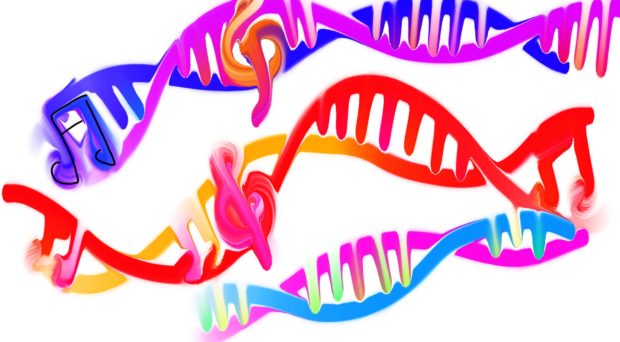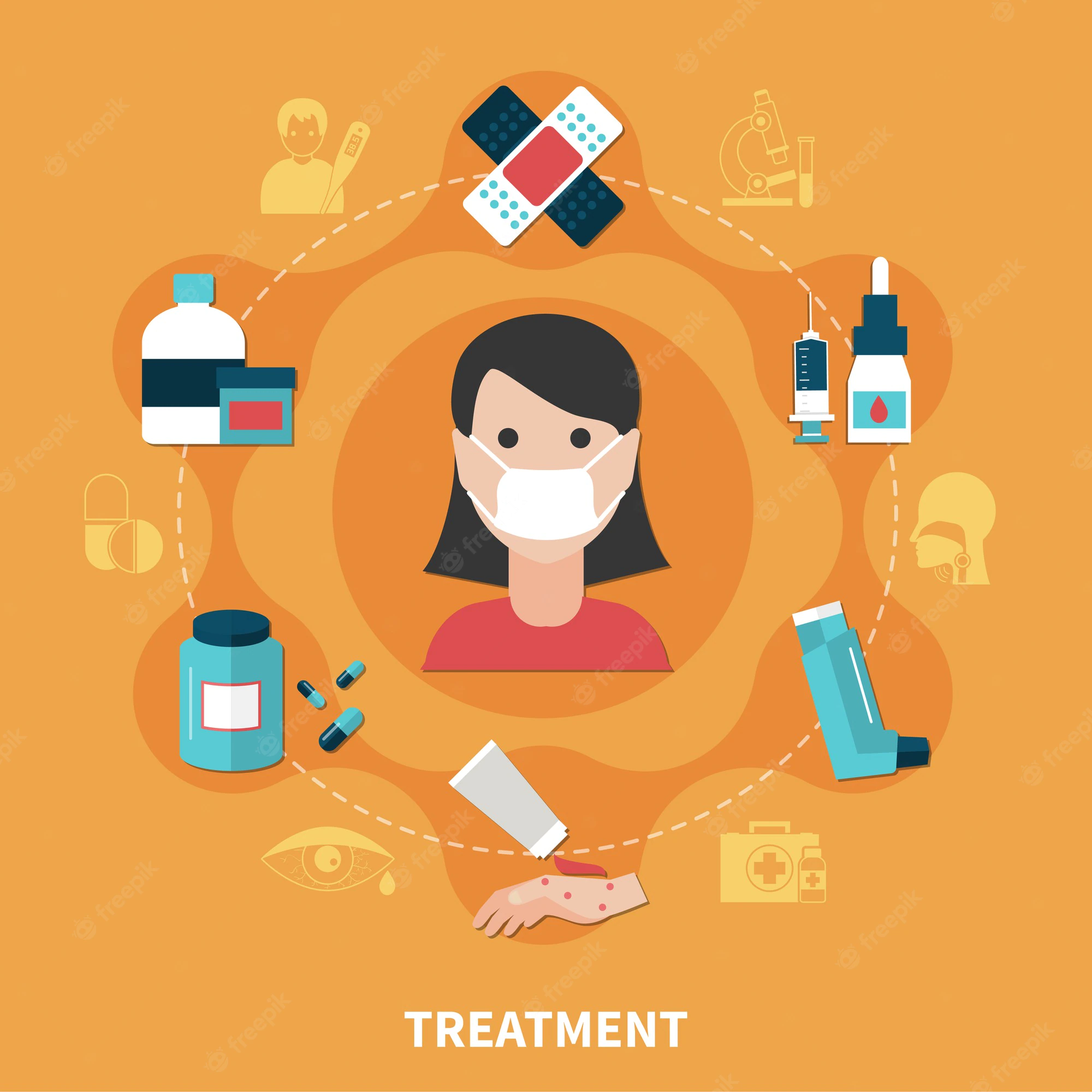 LOOK CLOSELY AT someone you love. Notice the curve of her smile and the special way her forehead creases when she laughs. Next time you’re holding hands, pay attention to the shape of her fingers.
LOOK CLOSELY AT someone you love. Notice the curve of her smile and the special way her forehead creases when she laughs. Next time you’re holding hands, pay attention to the shape of her fingers.
Without setting foot in a fancy science lab, this is how you can see the intricacies of a person’s DNA.
Chemistry with a twist
DNA, or deoxyribonucleic acid, is a molecule found inside every cell in almost every living thing. It helps cells make proteins, which they need to survive, and it facilitates reproduction. Thousands of times thinner than one of the hairs on your head, a strand of DNA consists of three chemical building blocks: a sugar group, a phosphate group, and one of four nitrogen-containing bases.
In 1953, scientists proposed that DNA is structured as a double helix, with the chemical bases—adenine (A), cytosine (C), guanine (G), and thymine (T)—stacked up in pairs between two intertwining lengths of sugar and phosphate. Picture a ladder that twists like a corkscrew, with the sugar and phosphate acting as the side rails and the base pairs acting as the rungs.The order, or sequence, of these base pairs is critically important because it determines the genetic code that gives rise to specific life-forms, from humans to hamsters to hibiscus.
Human DNA has roughly three billion bases, and 99 percent of them are the exact same in every person. Those bases form the blueprint that gives rise to the shared traits that are characteristic of our species. The remaining one percent is responsible for the countless features—like eye color, skin tone, and body shape—that make each person unique.
Where is DNA in the body?
DNA exists inside the nucleus of each of the body’s cells. Portions of it are tightly bound into packages known as chromosomes. Most people have 23 pairs of chromosomes, for a total of 46 pairs. Of these pairs 22 are the same in everyone, while one pair—the X and Y pair called the sex chromosomes—gives rise to male and female traits.
Each chromosome contains many genes, which are stretches of DNA that tell the cells exactly how to build the many proteins necessary for creating and maintaining a life-form. Genes constitute the basic units of heredity.
Pass it on
Because a person’s DNA must be exactly the same across all the body’s cells, DNA has the fascinating ability to make copies of itself. This is how it stores genetic information and ensures that when a cell divides, the new cells contain exact replicas of the DNA from the original cell.
Often referred to as the body’s hereditary material, DNA is passed down from parents to their offspring during reproduction. Each person has two copies of each gene—one inherited from the mother and one from the father. Hereditary traits are expressed through genes, which is why a son may have “the same” nose as his dad, or why siblings may bear a certain resemblance to each other.
When change occurs
However, as with all things in nature, DNA isn’t perfect, and errors can occur when it makes copies. DNA is also susceptible to environmental factors such as cigarette smoke and ultraviolet light. Changes to the DNA sequence in our genes are called mutations, and these can either be inherited or acquired.
A small percentage of genetic mutations can lead to serious health problems—a category of diseases called genetic disorders. Examples of inherited genetic disorders are cystic fibrosis and sickle cell disease. Cancer can result from genetic mutations that were inherited or from ones acquired through exposure to harmful environmental factors. Genetic mutations that occur within a developing embryo can sometimes lead to miscarriage or conditions such as Trisomy 21, also known as Down Syndrome.
The good news is that cells can often repair a genetic mutation before it becomes permanent. And even if it does, the vast majority of mutations pose no health risks at all.
[“source=nationalgeographic”]









